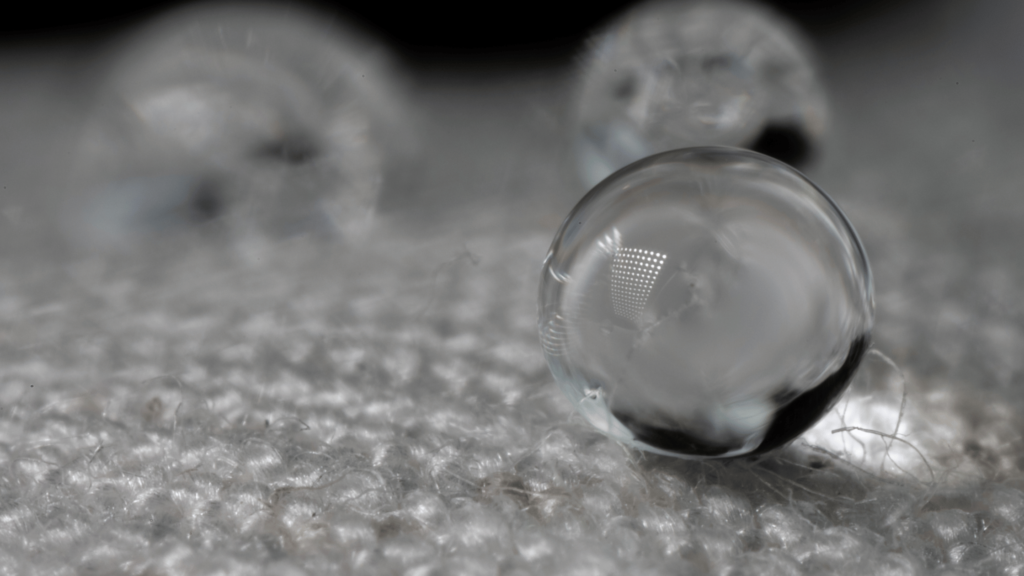Basements are notorious for being prone to moisture and water damage. This can not only compromise the structural integrity of your Home but also create an unhealthy living environment. One effective way to protect your basement walls from water damage is by using waterproofing paint. In this article, we will discuss various painting techniques and products that can help you achieve a waterproofed basement.
Understanding the Importance of Waterproofing Basement Walls
Before diving into the painting techniques and products, it’s crucial to understand why waterproofing your basement walls is necessary. Here are a few reasons why waterproofing is essential:
- Prevents water damage: Waterproofing paint forms a barrier that helps prevent water from seeping through the walls, reducing the risk of water damage.
- Mold prevention: By keeping moisture at bay, waterproofing paint reduces the likelihood of mold and mildew growth, improving the air quality within your home.
- Increases the lifespan of walls: Continuous exposure to moisture can lead to wall deterioration. Waterproofing your basement walls helps protect them from moisture-related damages, ensuring their longevity.
- Controls humidity levels: Waterproofing paint assists in maintaining optimal humidity levels in your basement, making it a more comfortable living space.
Painting Techniques for Waterproofed Basement Walls
To effectively waterproof your basement walls, consider the following painting techniques:
1. Surface preparation
Surface preparation is a crucial step to ensure the success of your waterproofing paint. Follow these steps:
- Clean the walls thoroughly to remove any debris, dust, or dirt.
- Repair any cracks or holes in the walls using an appropriate sealant or patching compound.
- Smooth out rough surfaces with sandpaper or a wire brush.
2. Priming
Priming the walls before applying waterproofing paint helps enhance adhesion and ensure a long-lasting finish. Use a high-quality primer specifically designed for basements, and make sure to follow the manufacturer’s instructions.
3. Waterproofing paint application
When it comes to waterproofing paint, you have various options, including latex-based, cementitious, and elastomeric coatings. Follow the instructions provided by the manufacturer for the best results. Here are the general steps to apply waterproofing paint:
- Stir the paint thoroughly before application.
- Use a roller or a brush to apply the paint evenly on the walls. Start from the top and work your way down.
- Apply multiple coats if required, ensuring sufficient drying time between each coat.
4. Finishing touches
Once your waterproofing paint has dried, consider giving your basement walls a finishing touch by painting them with a decorative paint. This can help enhance the overall aesthetics of your basement while maintaining its waterproofing capabilities.
Products for Waterproofing Basement Walls
Choosing the right products for waterproofing your basement walls is crucial for achieving optimal results. Here are some popular and effective products to consider:
1. Drylok Masonry Waterproofer
Drylok Masonry Waterproofer is a latex-based paint that provides excellent waterproofing protection for interior and exterior masonry walls. It forms a breathable barrier that prevents water penetration while allowing trapped moisture to escape.
2. Thoroseal Foundation Coating
Thoroseal Foundation Coating is a cement-based waterproofing product that provides exceptional protection against water intrusion. It effectively bonds to the masonry surface, creating a durable, waterproof barrier.
3. Ames Blue Max Liquid Rubber
Ames Blue Max Liquid Rubber is an elastomeric coating that forms a seamless membrane, offering superior waterproofing and crack resistance. It can be applied on various surfaces, including concrete, stucco, and wood.
4. Xypex Concentrate
Xypex Concentrate is a unique crystalline waterproofing product that penetrates deep into the concrete, forming a permanent barrier against water infiltration. It chemically reacts with water and free lime, creating a crystalline structure that blocks water pathways.
FAQs
Q1. Can I apply waterproofing paint directly on a damp wall?
A1. It’s important to ensure that the wall surface is dry before applying waterproofing paint. Moisture can compromise the bond between the paint and the wall, leading to poor adhesion and ineffective waterproofing. Use a dehumidifier or wait for the wall to dry thoroughly before painting.
Q2. How long does waterproofing paint last?
A2. The longevity of waterproofing paint depends on various factors, including the quality of the product, surface preparation, and environmental conditions. On average, waterproofing paint can last up to 5-7 years. However, periodic inspections and Maintenance may be required to ensure its effectiveness.
Q3. Can I paint over an existing layer of waterproofing paint?
A3. Before painting over an existing layer of waterproofing paint, ensure that it is in good condition. If there are any signs of peeling or deterioration, it’s recommended to remove the old paint and apply a fresh coat for optimal results.
Conclusion
Properly waterproofing your basement walls is crucial to protect your home from water damage and create a healthy living environment. By understanding the importance of waterproofing, implementing the right painting techniques, and using high-quality products, you can effectively safeguard your basement walls. Remember to choose a suitable waterproofing paint, follow the surface preparation steps diligently, and apply the paint correctly for the best results.

